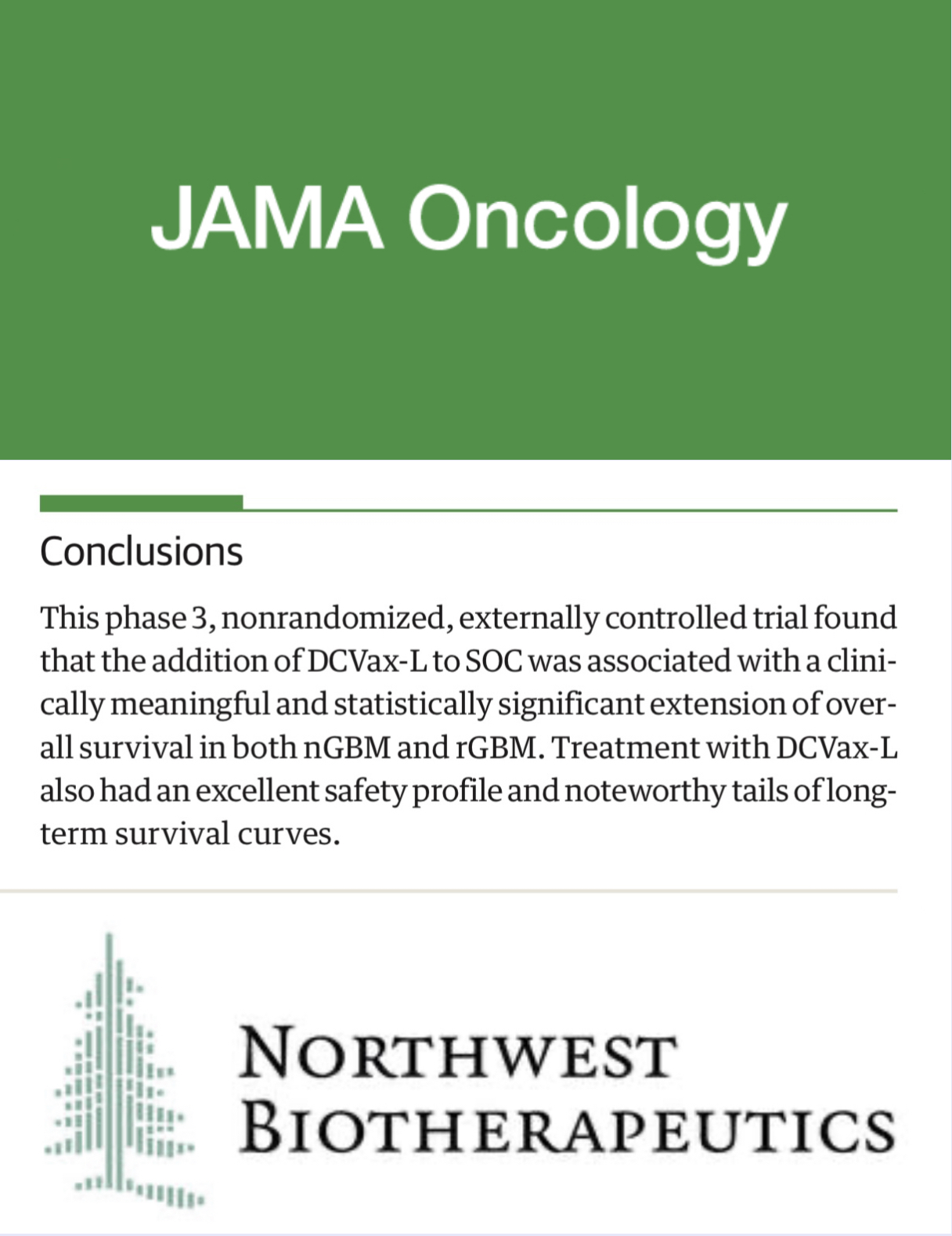Patient-Reported Outcomes With Stereotactic Intensity Modulated Radiotherapy After Radical Prostatectomy: A Nonrandomized Clinical Trial.
IF 22.5
1区 医学
Q1 ONCOLOGY
引用次数: 0
Abstract
Importance Postoperative radiotherapy remains underused for men with biochemical recurrence or adverse pathological features after radical prostatectomy (RP). Stereotactic body radiotherapy (SBRT) may improve utilization and poses potential radiobiological advantages. Objective To evaluate physician-reported late toxic effects and 2-year patient-reported outcomes (PROs) following post-RP SBRT. Design, Setting, and Participants This phase 2, single-arm trial was conducted in 2 academic centers in the US and included a comparator cohort. Men with post-RP prostate-specific antigen greater than 0.03 ng/mL or adverse pathologic features were included. Data were collected from February 2018 to March 2021, and data were analyzed from January to October 2024. Interventions SBRT delivered at 30 to 34 Gy in 5 fractions to the prostate bed. Nodal irradiation, boost to gross disease, and/or hormonal therapy were delivered per physician discretion. Main Outcomes and Measures Late toxic effects (more than 90 days after treatment) were graded according to Common Terminology Criteria for Adverse Events version 4.03. PROs were measured using Expanded Prostate Cancer Index-26. The proportion of men whose PROs had decrements greater than twice the threshold for minimal clinically important difference (MCID) at any point during the first 2 years were evaluated. The longitudinal PROs for men receiving SBRT was compared with a cohort of 200 men receiving postoperative conventionally fractionated radiotherapy (CFRT) using logistic regression, while adjusting for baseline scores, age, and receipt of nodal irradiation. Results Of 100 patients treated with post-RP SBRT, the median (IQR) age was 68.5 (63.9-71.4) years, and the median (IQR) follow-up was 43 (37-53) months. Cumulative incidence of late grade 2 and 3 genitourinary toxic effects was 25% and 4%, respectively, and of late grade 2 and 3 gastrointestinal tract toxic effects was 3% and 3%, respectively. The proportion of patients with decrements more than 2-fold the MCID in PROs was 38.9% (37 of 95) for urinary incontinence, 17.9% (17 of 95) for urinary irritation, and 34.1% (31 of 91) for bowel function. Compared with the CFRT cohort, the adjusted odds ratio for patients receiving SBRT experiencing decrements more than 2-fold the MCID was 1.55 (95% CI, 0.87-2.76; P = .14) for urinary incontinence, 0.94 (95% CI, 0.46-1.94; P = .87) for urinary irritation, and 1.03 (95% CI, 0.57-1.84; P = .93) for bowel function. Conclusions and Relevance In this nonrandomized clinical trial, post-RP SBRT was well-tolerated, with no measurably different decline in urinary or bowel PROs through 2 years compared with CFRT. Randomized studies and longer follow-up will better define the toxic effects and efficacy profile of post-RP SBRT. Trial Registration ClinicalTrials.gov Identifier: NCT03541850.根治性前列腺切除术后立体定向调强放疗患者报告的结果:一项非随机临床试验。
重要性:对于根治性前列腺切除术(RP)后生化复发或不良病理特征的男性,术后放疗仍未得到充分应用。立体定向体放射治疗(SBRT)可以提高利用率,并具有潜在的放射生物学优势。目的评价rp后SBRT术后医生报告的晚期毒性效应和患者报告的2年预后(PROs)。设计、环境和参与者这项2期单臂试验在美国的2个学术中心进行,包括一个比较队列。包括rp后前列腺特异性抗原大于0.03 ng/mL或不良病理特征的男性。数据收集时间为2018年2月至2021年3月,数据分析时间为2024年1月至10月。干预措施:以30 - 34 Gy的剂量,分5次给药至前列腺床。根据医生的判断,进行淋巴结照射、加重病变和/或激素治疗。晚期毒副作用(治疗后超过90天)根据不良事件通用术语标准4.03版进行分级。使用扩展前列腺癌指数-26测量pro。在前2年的任何时间点,评估PROs下降超过最小临床重要差异阈值(MCID)两倍的男性比例。采用logistic回归将接受SBRT的男性纵向PROs与200名接受术后常规分割放疗(CFRT)的男性队列进行比较,同时调整基线评分、年龄和淋巴结放疗的接受情况。结果100例rp后SBRT患者的中位(IQR)年龄为68.5(63.9-71.4)岁,中位(IQR)随访时间为43(37-53)个月。晚期2级和3级泌尿生殖系统毒性作用的累积发生率分别为25%和4%,晚期2级和3级胃肠道毒性作用的累积发生率分别为3%和3%。排尿失禁患者减少2倍以上MCID的比例为38.9%(95 / 37),尿刺激患者为17.9%(95 / 17),肠功能患者为34.1%(91 / 31)。与CFRT队列相比,接受SBRT的患者MCID下降超过2倍的调整优势比为1.55 (95% CI, 0.87-2.76;P = 0.14),尿失禁为0.94 (95% CI, 0.46-1.94;P = 0.87), 1.03 (95% CI, 0.57-1.84;P = .93)。结论和相关性在这项非随机临床试验中,rp后SBRT耐受性良好,与CFRT相比,2年内尿或肠道pro的下降没有可测量的差异。随机研究和更长时间的随访将更好地确定rp后SBRT的毒性作用和疗效概况。临床试验注册号:NCT03541850。
本文章由计算机程序翻译,如有差异,请以英文原文为准。
求助全文
约1分钟内获得全文
求助全文
来源期刊

JAMA Oncology
Medicine-Oncology
自引率
1.80%
发文量
423
期刊介绍:
JAMA Oncology is an international peer-reviewed journal that serves as the leading publication for scientists, clinicians, and trainees working in the field of oncology. It is part of the JAMA Network, a collection of peer-reviewed medical and specialty publications.
 求助内容:
求助内容: 应助结果提醒方式:
应助结果提醒方式:


